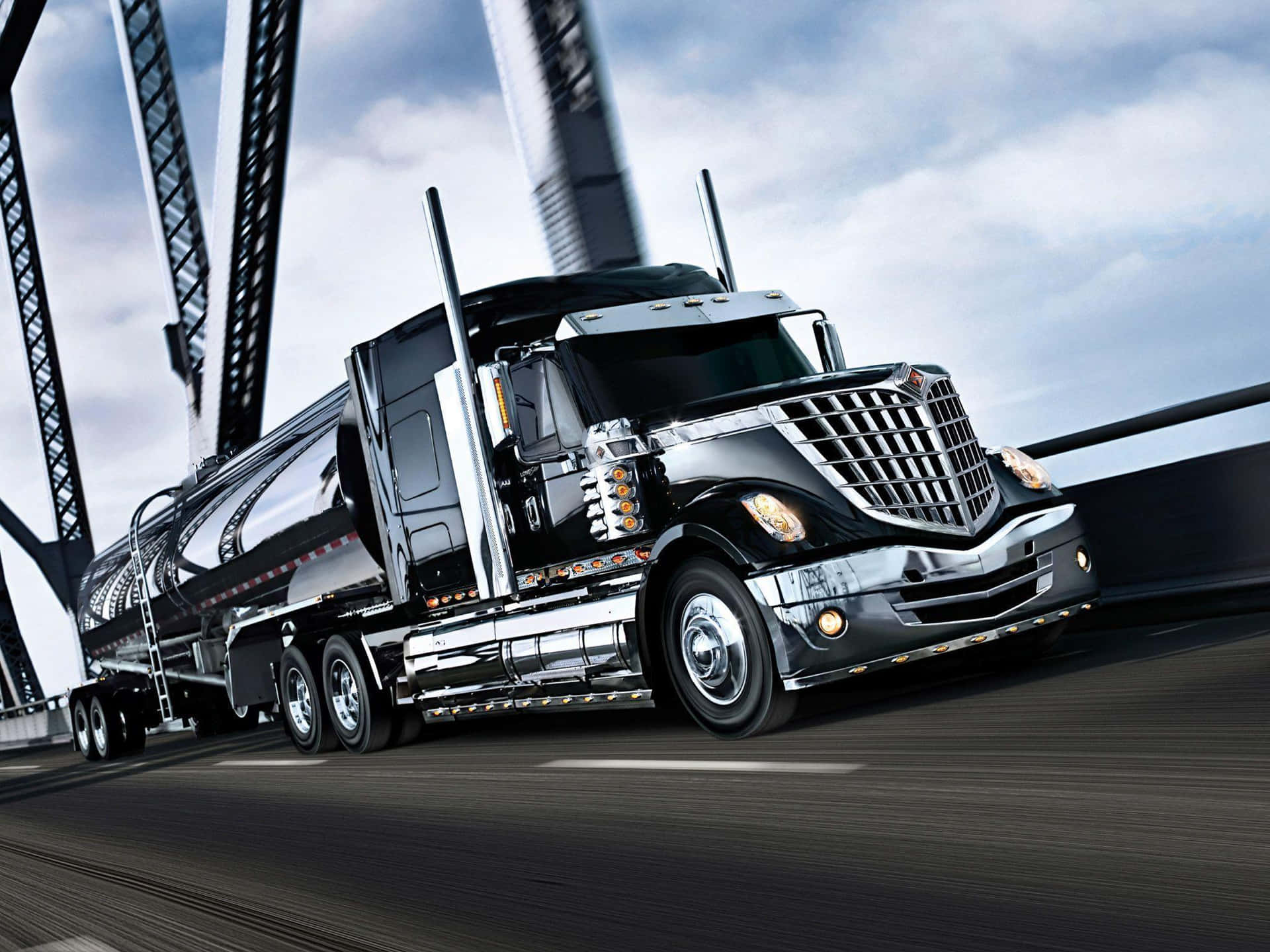
A new car purchase represents a significant investment, making a manufacturer’s warranty a critical component for peace of mind. It safeguards your investment from manufacturing defects, unplanned maintenance, and real-world issues. A robust warranty package offers crucial financial security in car ownership. Understanding these protections is paramount for every consumer.
Every new car sold in the U.S. comes with at least three years or 36,000 miles of basic coverage. Beyond this, a strong warranty program typically extends powertrain coverage—for the engine, transmission, and EV battery components—past the initial period. True value often includes additional perks: complimentary roadside assistance, scheduled service, or innovative concierge services. These elevate standard offerings into comprehensive protection.
The automotive market, however, presents diverse warranty experiences. Some manufacturers set industry benchmarks for consumer protection, demonstrating unwavering product confidence. Others grapple with significant claims and recall challenges, potentially leaving owners questioning their coverage’s actual worth. This analysis will explore automakers delivering exceptional warranty programs and critically examine the recent struggles of major manufacturers, whose extensive recall campaigns provide cautionary insights for prospective buyers.

1. **Hyundai’s Industry-Leading Coverage: Setting the Gold Standard for Value**Hyundai has transformed its brand by pioneering an industry-defining warranty program. New Hyundais feature basic coverage of five years or 60,000 miles, significantly surpassing the industry standard. This comprehensive bumper-to-bumper warranty covers broad systems and is notably transferable to second owners, enhancing resale value.
A key differentiator is Hyundai’s groundbreaking powertrain warranty, offering an exceptional ten years or 100,000 miles of protection. This extensive coverage applies to traditional powertrains and Hyundai’s robust portfolio of hybrid, plug-in hybrid, and electric vehicle batteries and system components. For electric vehicles, Hyundai guarantees at least 70% battery capacity retention within this timeframe, addressing a common EV owner concern.
Hyundai enhances its offering with valuable perks. Owners receive roadside assistance with no mileage limit, providing 24/7 support in unexpected breakdowns. A seven-year/unlimited mileage perforation warranty protects against rust and corrosion. Furthermore, new Hyundais include three years or up to 36,000 miles of complimentary scheduled maintenance, fostering a strong owner-dealer relationship.
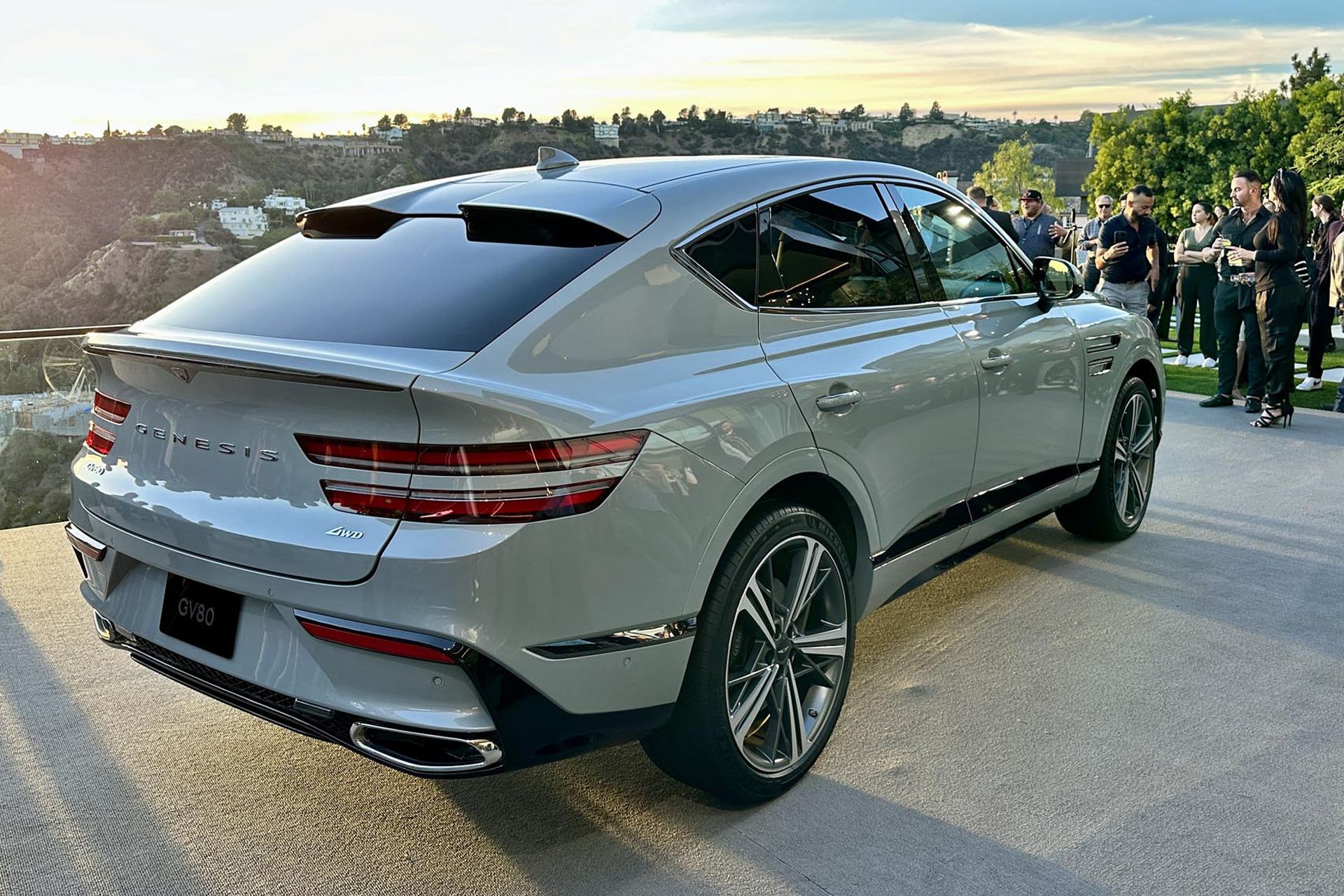
2. **Genesis: Luxury Backed by Comprehensive Protection**As Hyundai’s luxury marque, Genesis benefits from its parent brand’s industry-leading warranty philosophy. This ensures impressive coverage for premium buyers. Genesis vehicles include a basic warranty of five years or 60,000 miles, mirroring Hyundai’s generous bumper-to-bumper protection. This robust initial coverage safeguards advanced technologies, providing luxury owners with expected peace of mind.
Genesis also adopts the formidable 10-year or 100,000-mile powertrain warranty. This extensive protection crucially extends to its electric vehicle battery components, reflecting the brand’s electrification strategy. This secures high-voltage systems critical to EV performance for a substantial duration, alleviating concerns about longevity and maintenance costs.
A distinctive luxury service, Genesis’s “Service Valet” program, offers complimentary scheduled maintenance for the first three years or 36,000 miles. This convenient service includes vehicle pick-up and drop-off from the owner’s location, often with a loaner vehicle. This concierge approach embodies a comprehensive and customer-centric ownership experience.
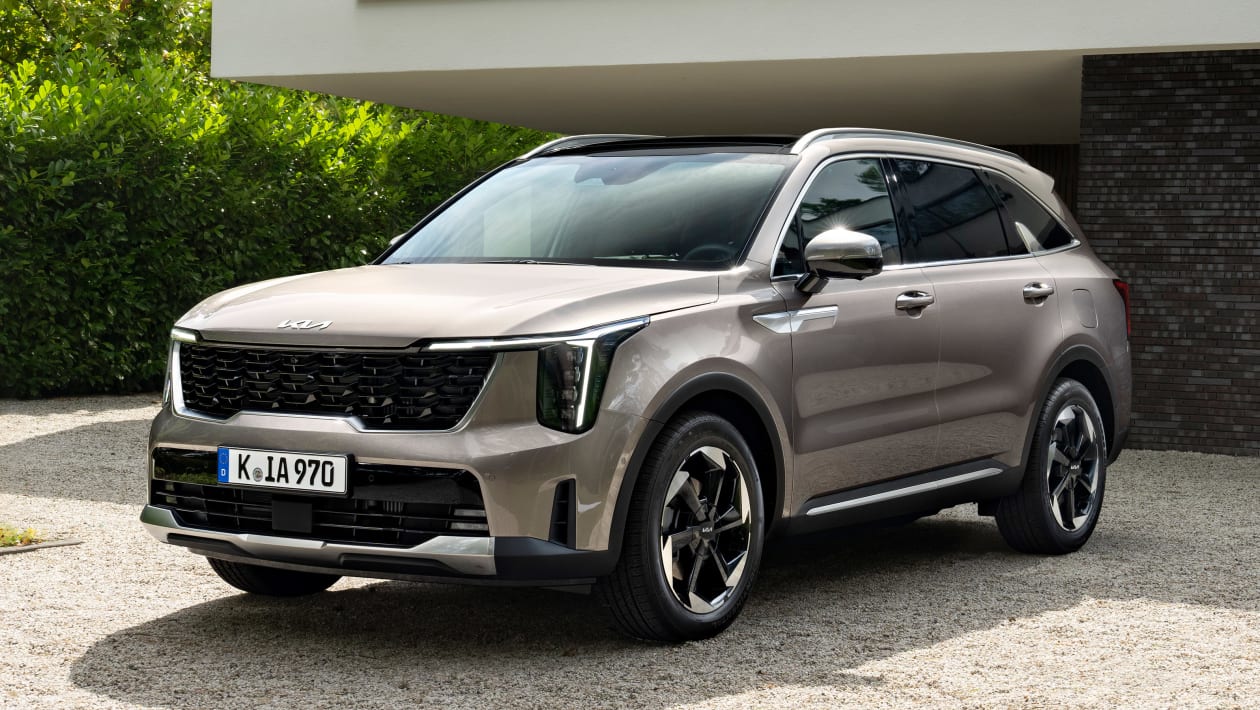
3. **Kia’s Strong Warranty: A Sister Brand’s Promise of Excellence**As a sister brand to Hyundai, Kia shares a robust warranty philosophy, largely mirroring Hyundai’s industry-leading terms. New Kia vehicles are covered by a basic warranty of five years or 60,000 miles, providing extensive bumper-to-bumper protection that surpasses many competitors. This comprehensive initial coverage underscores Kia’s dedication to quality and consumer confidence.
Kia also provides an exceptional powertrain warranty of ten years or 100,000 miles. This lengthy protection covers critical propulsion components, offering owners long-term peace of mind regarding their car’s core mechanical systems. This commitment to powertrain longevity reflects confidence in engineering and mitigating potential long-term ownership costs.
While similar to Hyundai, Kia’s warranty includes minor tweaks. Roadside assistance is for five years, but capped at 60,000 miles, unlike Hyundai’s unlimited mileage. Its perforation warranty is five years or 100,000 miles, less than Hyundai’s seven-year/unlimited mileage. Despite these, Kia’s overall warranty remains highly competitive.

4. **Mitsubishi’s Updated Promise: Matching the Best in Coverage**For the 2024 model year, Mitsubishi updated its warranty coverage to match industry bests, signaling a strong commitment to consumer confidence. The package includes a generous five-year or 60,000-mile bumper-to-bumper warranty, applicable to its focused lineup of three core vehicles. This comprehensive coverage indicates Mitsubishi’s belief in its products’ quality and durability.
A significant feature is the basic warranty’s transferability to subsequent owners, adding considerable resale value. Within this five-year period, owners receive roadside assistance with unlimited mileage, providing crucial support in unexpected breakdowns. This commitment to unrestricted roadside help reflects a practical understanding of real-world driving needs, enhancing the warranty’s utility.
Mitsubishi further provides a robust powertrain warranty of ten years or 100,000 miles, aligning with industry leaders. This includes high-voltage battery packs and electric components for models like the Outlander Plug-In Hybrid. Additionally, a seven-year/100,000-mile anti-corrosion/perforation warranty ensures vehicle integrity against rust and corrosion for an extended period.

5. **Ineos: Ruggedness Guaranteed with an Unrivaled Perforation Warranty**Ineos, a new British startup specializing in off-roading SUVs and trucks, has quickly established a warranty program reflecting its vehicles’ rugged character. Designed for demanding conditions, Ineos provides a basic warranty of five years or 60,000 miles. This bumper-to-bumper coverage offers comprehensive protection, assuring owners their vehicle is built tough and manufacturer-backed.
Ineos’s powertrain warranty matches its basic coverage: five years or 60,000 miles. While this duration is shorter than some industry leaders, it remains robust and comprehensive for the covered period. It ensures critical engine, transmission, and drive systems are protected, reflecting a unified and clear approach to vehicle protection for the initial ownership phase.
The most distinctive feature is its exceptional 12-year perforation warranty with unlimited mileage. This remarkable commitment guarantees the vehicle’s body will stay intact, specifically protecting against rust and corrosion that could create holes in original metal body panels and chassis frame. For vehicles designed for challenging environments, this unparalleled warranty powerfully demonstrates Ineos’s confidence in its material quality.
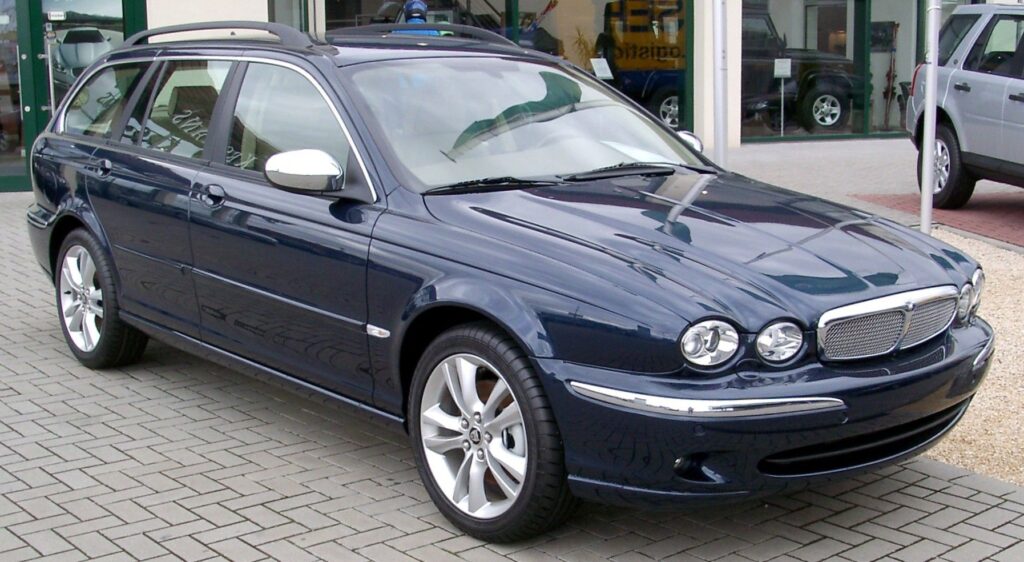
6. **Jaguar’s Strategy: Offsetting Reliability Concerns with Robust Coverage**Jaguar, known for luxury, sometimes faces concerns regarding reliability. To counter this, the automaker strategically offers a solid bumper-to-bumper warranty of five years or 60,000 miles, providing owners enhanced peace of mind. This comprehensive basic coverage protects a wide array of vehicle systems, ensuring premium buyers receive the expected support from a luxury automobile.
However, compared to some warranty leaders, Jaguar’s powertrain warranty offers the same five years or 60,000 miles of coverage. While respectable, this duration is less extensive than the ten-year/100,000-mile offerings from several rivals, a point for consideration for long-term owners. Despite this, consistent coverage between basic and powertrain warranties simplifies the overall structure.
Jaguar’s warranty program includes premium inclusions to elevate the ownership experience. Scheduled maintenance is provided during the warranty period, alleviating immediate service costs. Roadside assistance offers crucial support during unexpected issues. For travelers, an allowance for trip interruption helps mitigate expenses if a covered breakdown occurs far from home, reinforcing the luxury experience.
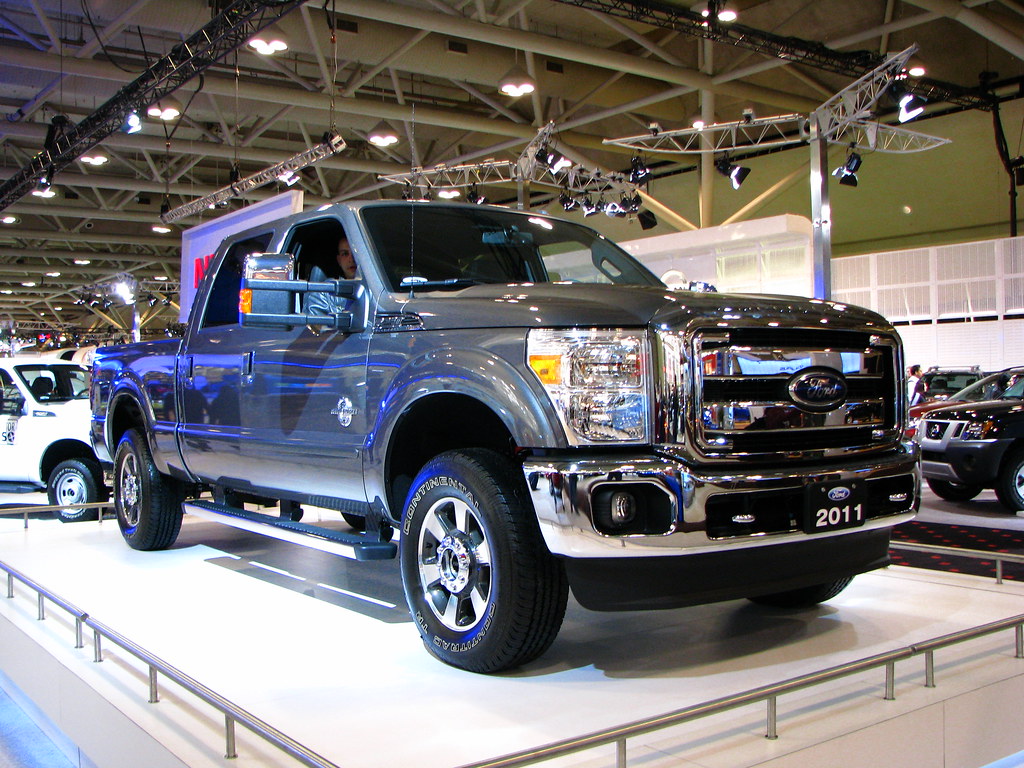
7. **Ford’s Mounting Recall Challenges: A Case Study in Warranty Strain**While some automakers lead with superior warranty packages, others grapple with significant warranty-related challenges, often incurring substantial costs and consumer frustrations. Ford, a cornerstone of the American auto industry, faced a challenging 2023, reporting the most National Highway Traffic Safety Administration (NHTSA) recalls among passenger car manufacturers. A staggering 5.7 million vehicles were affected across 56 distinct recalls.
Numerous high-profile recalls impacted Ford owners. In July, approximately 870,000 2021-2023 F-150 trucks were recalled for faulty parking brakes. August saw a recall of 175,000 2020-2023 vehicles for faulty rearview cameras. In December 2023, about 140,000 2016-2018 Focus and 2018-2022 EcoSport vehicles faced recalls for oil pump drive belt failures, potentially causing engine stalls and loss of power braking assist.
The financial implications for Ford were substantial. In 2023, the company paid $4.78 billion in warranty claims, a 15% increase from the prior year. This escalating cost peaked in Q3 2023 at $1.47 billion, with Q4 also seeing $1.30 billion in claims. Ford’s claims rate skyrocketed from 2.84% in Q3 to an alarming 3.95% in Q4, indicating a significant rise in warranty-related expenses relative to revenue, a trend warranting close attention.
Navigating the complexities of car warranties can often feel like traversing a minefield, especially when considering the significant investments involved. While the first section highlighted manufacturers setting the gold standard for comprehensive protection, it’s equally crucial for consumers to understand the vulnerabilities in warranty coverage and to recognize the potential pitfalls, particularly with extended warranty offerings.
This second part of our deep dive, ‘Navigating the Minefield: Understanding Warranty Weaknesses and Avoiding Extended Warranty Traps,’ shifts our focus to critical examinations of major manufacturers grappling with significant recall campaigns and delves into the often-misunderstood world of extended warranties, empowering you to make truly informed decisions for lasting peace of mind.

8. **General Motors’ Ongoing Battery Recall Saga: A Billion-Dollar Burden**General Motors, another automotive giant, has faced its own share of significant warranty challenges, most notably the protracted and costly Chevy Bolt EV battery recall. Initially announced in the summer of 2021, this recall saga quickly became a substantial financial and reputational burden for the automaker. It vividly illustrates how unexpected defects, even in a single component, can have far-reaching implications for both the manufacturer and its customers.
By December 31, 2023, GM had accrued a total of $2.6 billion specifically for this recall, a testament to its immense scale. While GM did manage to recover nearly the entire initial $2 billion in warranty accruals from its electric battery supplier, LG Electronics, in 2022 and 2023, the sheer size of the financial outlay underscores the gravity of such widespread manufacturing issues. The recall initially involved replacing batteries in almost all 2017-2019 Bolts, a direct and costly remedy for detected flaws.
For owners of 2020-2022 Bolts, GM opted for a software diagnostic remedy rather than immediate battery replacement. This software was designed to identify which specific batteries in these newer models truly required replacement, but it came with its own set of inconveniences. It necessitated 10,000 kilometers of driving for the diagnostic period, during which the battery’s charge was strictly limited to 80% capacity, impacting daily usability for owners.
In a move to address consumer frustrations and in anticipation of a class action lawsuit settlement, GM introduced an early compensation program in October 2023. This program offered 2020-2022 Bolt owners a $1,400 Visa gift card if they brought their vehicle in for the “final advanced diagnostic software” installation by December 31, 2023, and signed a legal release. This proactive step aimed to mitigate discontent, though the diagnostic period for the battery extends until March 31, 2025.
Beyond the battery issue, GM also navigated other recall challenges in 2023, including a recall of approximately 1 million SUVs in May for faulty airbag inflators and another 650,000 vehicles for issues hindering the proper installation of children’s car seats. Despite these significant hurdles, GM’s warranty claims rates have shown signs of stabilization, hovering around the global passenger vehicle industry average of 2.5% in the fourth quarter of 2023, suggesting effective management of ongoing issues.
Car Model Information: 2025 Genesis GV80 3.5T
Name: Chevrolet Bolt EV
Caption: 2022 Chevrolet Bolt EV
Manufacturer: General Motors
Production: unbulleted list
ModelYears: unbulleted list
Class: Subcompact car
BodyStyle: hatchback
Layout: Front-engine, front-wheel-drive layout
Predecessor: Chevrolet Spark EV
Categories: 2020s cars, All Wikipedia articles in need of updating, All articles containing potentially dated statements, All articles with unsourced statements, Articles containing potentially dated statements from February 2018
Summary: The Chevrolet Bolt EV (marketed in Europe as Opel Ampera-e) is a battery electric subcompact hatchback manufactured and marketed by General Motors under its Chevrolet brand from late 2016 until late 2023, with a brief hiatus between mid-2021 and early 2022.
The first-generation Bolt was developed and manufactured with LG Corporation. Sales of the 2017 Bolt began in California in December 2016; it was released nationwide and international markets release in 2017. A rebadged European variant was marketed as the Opel Ampera-e in mainland Europe. In 2017, the Bolt was the second-best-selling plug-in car in the United States. It was named the 2017 Motor Trend Car of the Year, the 2017 North American Car of the Year, an Automobile magazine 2017 All Star, and was listed in Time magazine’s Best 25 Inventions of 2016. The Ampera-e was discontinued after 2018. By the end of 2020, GM had sold 112,000 Bolt and Ampera-e cars worldwide. The first-generation Bolt had been subject to at least three recalls due to battery fire risks.
In mid-2023, GM officials said they would discontinue the Bolt; after outcry, they announced plans for a next-generation model, which is expected to be revealed in 2025 for model year 2026.
Get more information about: Chevrolet Bolt
Buying a high-performing used car >>>
Brand: Chevrolet Model: Bolt EV
Price: $63,683 Mileage: 5,413 mi.
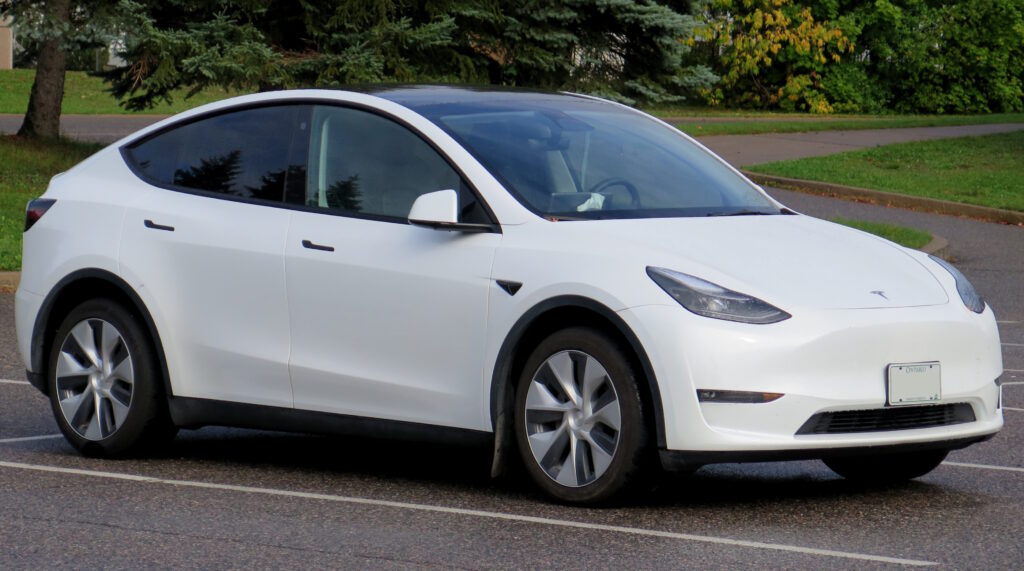
9. **Tesla’s Record-Breaking Recalls: The Hidden Costs of Innovation**Tesla, a pioneer in electric vehicle innovation, has also faced an unprecedented year of recall challenges, underscoring the hidden costs that can accompany rapid technological advancement. The scale of these recalls in 2023 and early 2024 has been truly staggering, impacting nearly every vehicle the company has ever sold in the United States and raising significant questions about software reliability and driver assistance systems.
In a massive recall announced in February 2024, approximately 2.2 million Tesla vehicles were affected due to an “incorrect font size” displayed on the instrument panel for critical warning lights, including Brake, Park, and Antilock Brake System (ABS). This software-related issue, fixable with an update, covered models spanning from the 2012 Model S to the 2024 Cybertruck. This came hot on the heels of a December 2023 recall affecting over 2 million vehicles for “Autopilot Controls Insufficient to Prevent Misuse” issues.
The Autopilot recall highlighted more serious safety concerns. The National Highway Traffic Safety Administration (NHTSA) noted that in certain circumstances, when Autosteer is engaged and the driver fails to maintain responsibility or intervene, there’s an increased risk of a crash. This recall was the culmination of a two-year NHTSA investigation into at least 35 crashes linked to Autopilot use, which tragically resulted in 17 deaths. Notable incidents included an eight-car pileup on the San Francisco-Oakland Bay Bridge in November 2022 involving “Full Self-Driving” and a deadly crash in Virginia in July 2023 where a speeding Tesla using Autopilot drove under a tractor-trailer.
While Tesla’s remedy for the Autopilot recall is a software update designed to detect hands on the steering wheel and alert drivers, the National Transportation Safety Board (NTSB) has expressed concerns about its sufficiency. Research showed that simply measuring steering wheel torque isn’t enough to ensure driver attention, with 37 out of 43 examined crash drivers having their hands on the wheel in the final second before impact. This suggests that the software remedies might be “just the tip of the iceberg” for these ongoing issues.
Further compounding Tesla’s recall woes, the company announced in early January 2024 a recall of more than 1.6 million vehicles sold in China for similar problems with automatic assisted steering, mandated by China’s State Administration for Market Regulation. Financially, Tesla paid $1.23 billion in warranty claims in 2023, a significant 53% increase from the prior year and the first time it exceeded the billion-dollar mark. Despite this, its claims rate of 1.45% in Q4 2023 remained reasonable, largely due to a proportional increase in product sales revenue.
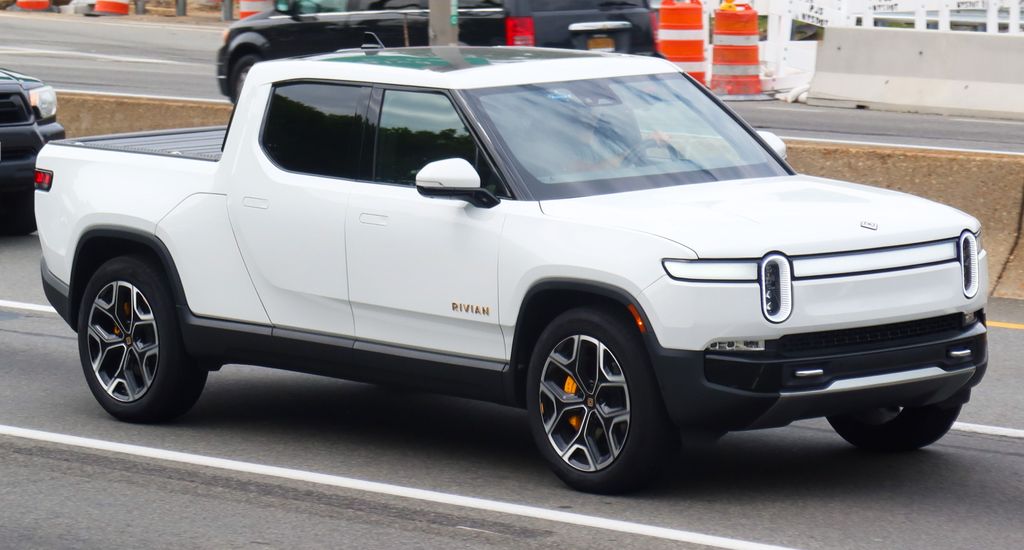
10. **Rivian’s Evolving Warranty: Tailored for Electric Adventure**Rivian, an emerging American electric vehicle automaker specializing in adventure-focused trucks and SUVs, offers a warranty program that is still evolving, mirroring its relatively new presence in the market. As a brand focused on off-roading and unique electric powertrains, its warranty structure reflects a tailored approach to cover its distinct vehicle offerings and technologies.
Rivian differentiates its warranty coverage between its Gen 1 models and the updated Gen 2 versions for the 2025 model year. For most Gen 1 models and the new R1T and R1S, the basic bumper-to-bumper warranty stands at four years or 50,000 miles. However, the high-powered Quad-Motor configuration in Gen 1 models receives slightly extended coverage of five years or 60,000 miles, recognizing the premium nature and potentially more demanding use of these specialized variants.
The battery pack coverage, a critical component for any electric vehicle, is uniformly good for eight years across both generations. Yet, the mileage limit for this coverage varies, depending on the size of the three battery packs offered by Rivian. Both Gen 1 and Gen 2 models equipped with the Standard pack are covered for 120,000 miles. Vehicles with the Large or Max pack in both generations see their coverage extended to 150,000 miles. The Gen 1 Quad-Motor model stands out once again, boasting an impressive 175,000 miles of battery pack coverage, reflecting confidence in its most advanced electric propulsion system.
Beyond the core vehicle components, Rivian’s warranty program also extends to accessories, including the Rivian Wall Charger. This demonstrates a comprehensive approach to the overall EV ownership experience, acknowledging that the charging infrastructure is an integral part of the vehicle’s functionality and therefore deserving of manufacturer backing.
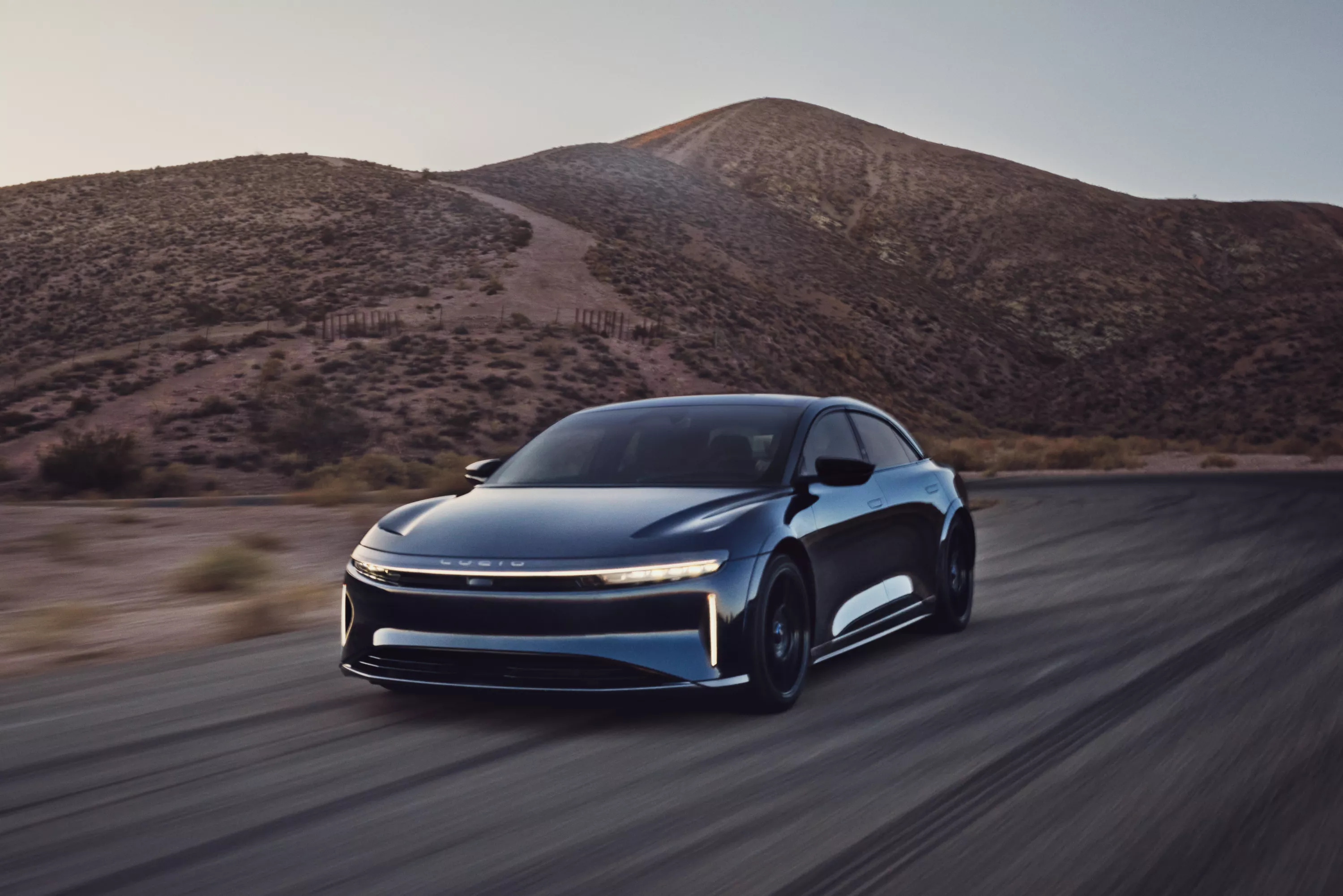
11. **Lucid’s Approach: Comprehensive Protection for the Electric Future**Lucid, another American electric vehicle automaker, has quickly established a reputation for its luxury EVs and is backing them with a warranty designed to provide comprehensive protection for the electric future. Recognizing the significant investment consumers make in high-performance electric vehicles, Lucid aims to instill confidence through robust coverage plans.
The company covers its vehicles with a basic bumper-to-bumper warranty of four years or 50,000 miles. This initial coverage safeguards a broad range of vehicle systems, consistent with industry standards for premium automobiles. It provides new owners with essential protection against manufacturing defects and unexpected issues during the early stages of ownership.
Crucially, Lucid offers a more assuring powertrain warranty of eight years or 100,000 miles. This extended coverage is vital for electric vehicles, specifically protecting the high-voltage battery pack and electric drive components, which are at the heart of the vehicle’s performance and value. Within this period, Lucid further guarantees that the battery pack will retain at least 70% of its original capacity, directly addressing a common concern among EV buyers regarding battery longevity and degradation.
Lucid enhances the ownership experience with practical perks, including coverage for the first two years of scheduled maintenance. This helps new owners manage initial service costs and ensures their vehicles are properly maintained. Furthermore, while Lucid has established service centers, the startup also demonstrates innovation in customer service by offering to send technicians to owners’ locations to tend to maintenance and repairs, providing a highly convenient, concierge-style service that aligns with the luxury EV segment.
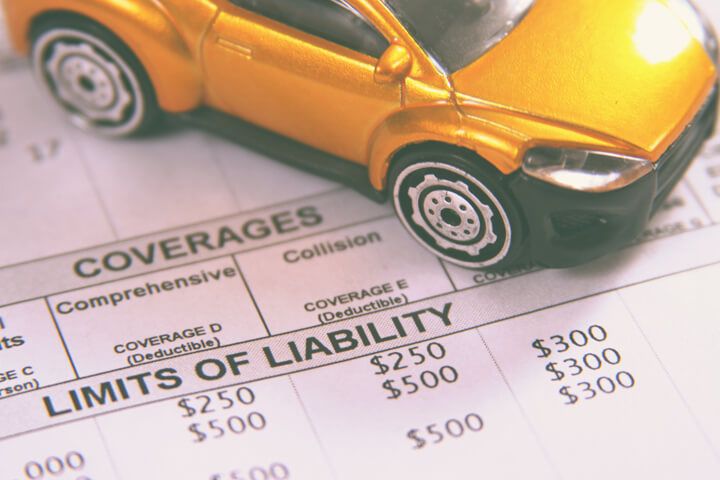
12. **High-Pressure Sales Tactics: The First Sign of a Worthless Extended Warranty**Shifting our focus from manufacturer warranties to the often-complex world of extended warranties, or Vehicle Service Contracts (VSCs), it becomes vital for consumers to exercise extreme caution. While these contracts are intended to provide additional long-term care and peace of mind, the market is unfortunately rife with unscrupulous providers. The very first red flag that your potential extended warranty might be worthless often appears in the sales process itself: high-pressure sales tactics.
A reputable warranty company’s salesperson will aim to understand your needs and work with you at your own pace to find a suitable package. Their goal is to empower you with information, not overwhelm you. Conversely, salespeople from shady warranty providers frequently employ aggressive, jargon-filled language to rush you into signing a contract you haven’t fully comprehended. Their primary objective is to secure a sale, often pushing the most expensive plan, before you have a chance to critically evaluate the offer.
Consumers should be on high alert if they feel pressured, rushed, or subjected to confusing double-talk. It is absolutely within your right to ask them to slow down, clarify any ambiguous terms, and provide all information in a clear, understandable manner. If a salesperson becomes cagey, evasive, or uncooperative when you seek clarification, it’s a strong indicator that there might be something in the contract they prefer you not to scrutinize. In such instances, the most practical and actionable advice is to simply take your business elsewhere, to a company that respects your needs and your time.

13. **Restrictive Service Location Networks: The Hidden Cost of Inconvenience**Another significant red flag to watch out for with extended warranties is an overly restrictive network of approved service locations. While it’s perfectly understandable for warranty companies to have formal partnerships with specific automotive service providers—be they individual garages or larger chains—a good warranty should still offer a reasonably wide array of options for where you can get your vehicle serviced. This flexibility is crucial for consumer convenience and practicality.
The real problem arises when a warranty only provides coverage for service performed at a very limited and specific set of garages or chains. This becomes especially problematic for individuals living in rural areas, where the selection of automotive service centers is naturally narrower than in urban environments. Imagine being tied to a specific garage that’s an inconvenient distance away, or worse, one that doesn’t even exist within a reasonable travel radius. This kind of restriction effectively turns the warranty into a burden rather than a benefit.
If you attempt to solicit service at a garage outside of the warranty’s specified partners, you’ll likely find yourself entirely uncovered, forced to pay for the service out of your own pocket. This hidden cost of inconvenience can quickly negate any perceived savings from the extended warranty. Therefore, before committing to any extended warranty, it is imperative to demand a comprehensive, easy-to-access list of all approved garages. Ensuring that you have at least a couple of convenient options near your home or regular travel routes is a practical step to ensure the warranty delivers actual value and accessibility.

14. **Limited Repair Coverage: When a Warranty Doesn’t Cover What You Need**Perhaps one of the most frustrating and financially detrimental red flags of a potentially worthless extended warranty is the insidious practice of vague or misleading repair coverage. Consumers often purchase extended warranties assuming a broad scope of protection, only to discover, usually at the point of needing a repair, that their coverage is far more limited than they initially believed. This can lead to unexpected out-of-pocket expenses and a profound sense of buyer’s remorse.
Consider a scenario where you’re experiencing an issue with your car’s headlights, and you confidently take it to a garage, expecting your extended warranty to cover a significant portion of the cost. To your dismay, you receive a full bill because, upon closer inspection, your seemingly “all-encompassing” package only provides assistance for drivetrain repairs. In such a case, your warranty is effectively worthless for anything beyond a hyper-specific category of work, leaving you exposed to costs you thought were covered.
Much like the issue of pushy salespeople, some disreputable warranty providers intentionally use vague or broad terms in their package descriptions that cunningly obfuscate the true, often narrow, scope of their coverage. What might be marketed as a “general-purpose” warranty could, in reality, be a partial-coverage warranty, designed to appear comprehensive while actually excluding numerous common and costly repairs. To avoid this costly trap, consumers must adopt a critical, investigative approach.
It is absolutely essential to thoroughly scrutinize the fine print of any extended warranty contract. Do not hesitate to demand explicit clarification on what specific components and types of repairs are included and, equally important, explicitly excluded. A truly valuable extended warranty will have clear, unambiguous terms detailing its coverage, allowing you to confidently understand precisely what protection you are paying for and ensuring it genuinely aligns with your anticipated needs and concerns for your vehicle.
Read more about: Unmasking the True Price: 14 Hidden Costs That Turn Car Ownership into a Financial Maze for Every Driver
Ensuring your warranty truly delivers peace of mind, whether it’s the manufacturer’s pledge or an extended service contract, boils down to vigilance and informed decision-making. In a market filled with both exemplary protection and potential pitfalls, the empowered consumer is the one who understands the fine print, questions restrictive terms, and prioritizes transparency. Your vehicle is a significant investment; safeguard it not just with a warranty, but with knowledge that truly protects your interests on the road ahead.



